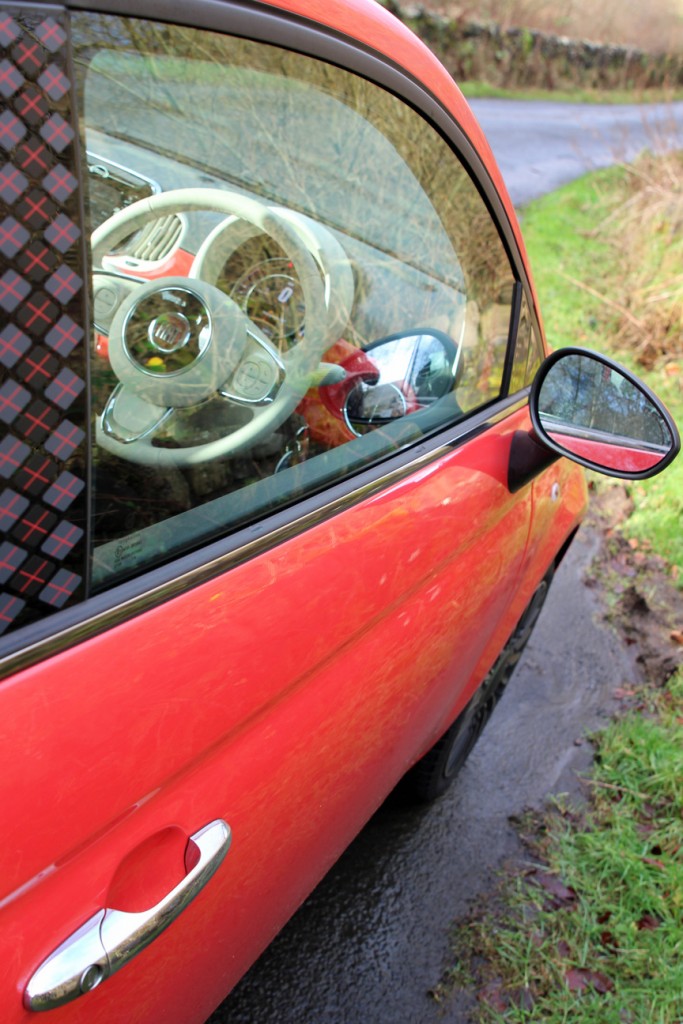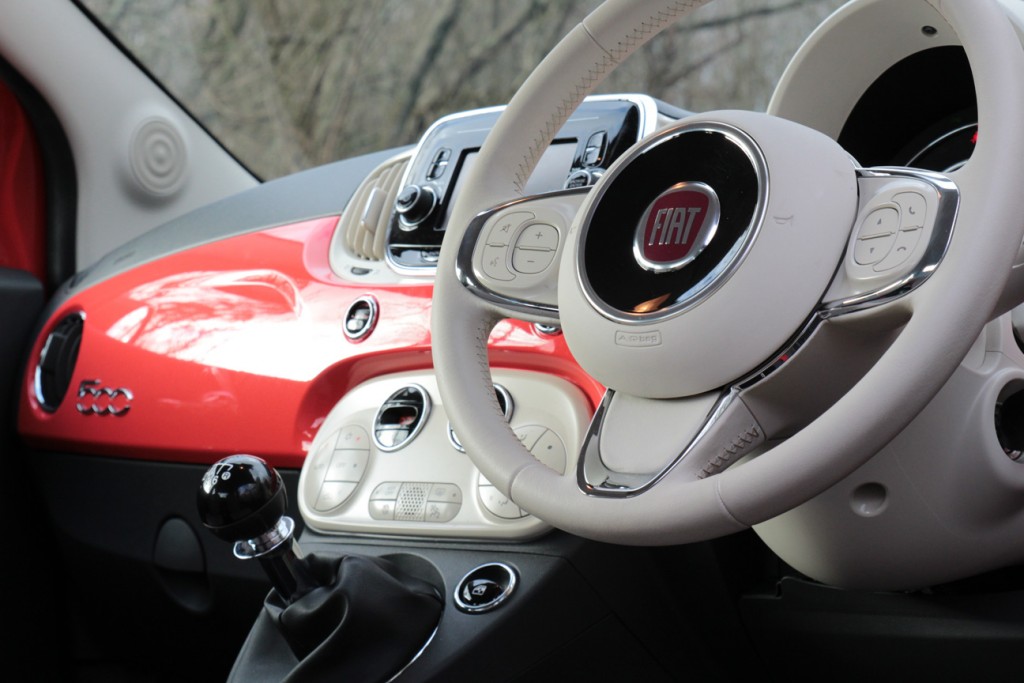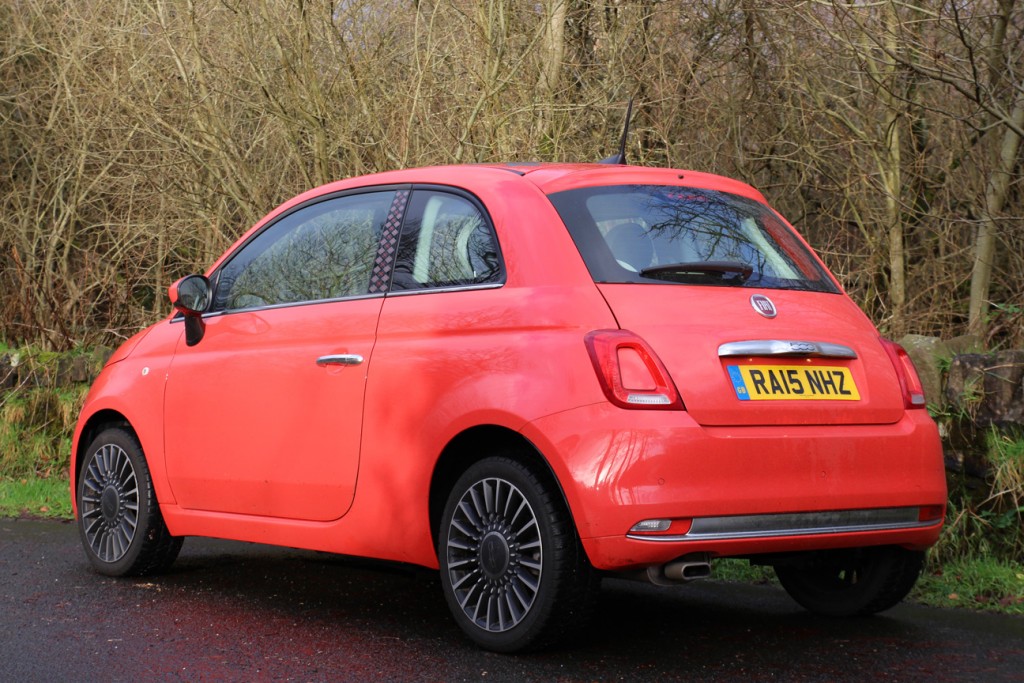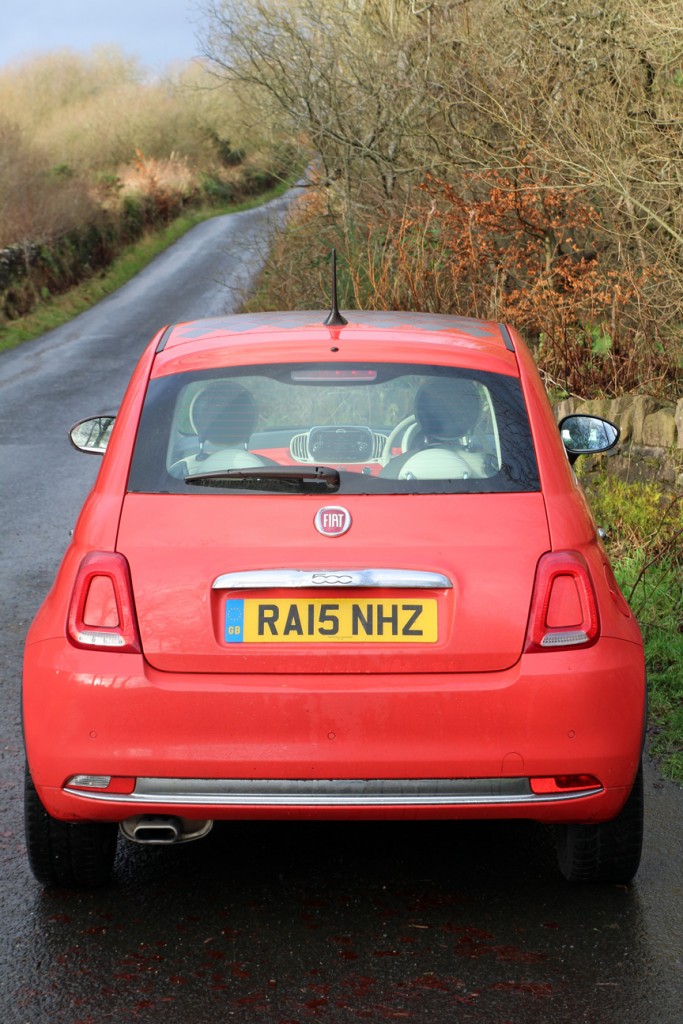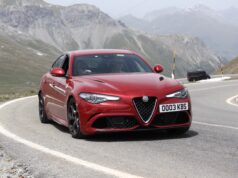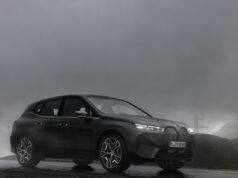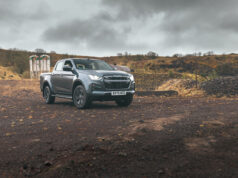
The modern day Fiat 500 has been a familiar sight since it was launched in 2007, capitalising on the increasing trend for retro inspired styling. Since then it’s been left largely unchanged, and the 2015 face lift barely looks any different. Even the most hardcore ‘cinquecento’ aficionado would struggle to spot the differences.
Maybe it’s a case of ‘If it ain’t broke, don’t fix it’?
It’s cute & cheeky styling, heavily inspired by the original 500, has no doubt been one of main reasons for its success. Therefore, it’s probably not unsurprising that Fiat haven’t messed around with it too much. Externally, there are new light clusters, colours, wheels and a few other minor tweaks but that’s about it.
There are also numerous customisation options covering colours, interior, wheels and styling such as the ‘Scottie’ graphics on the test car.
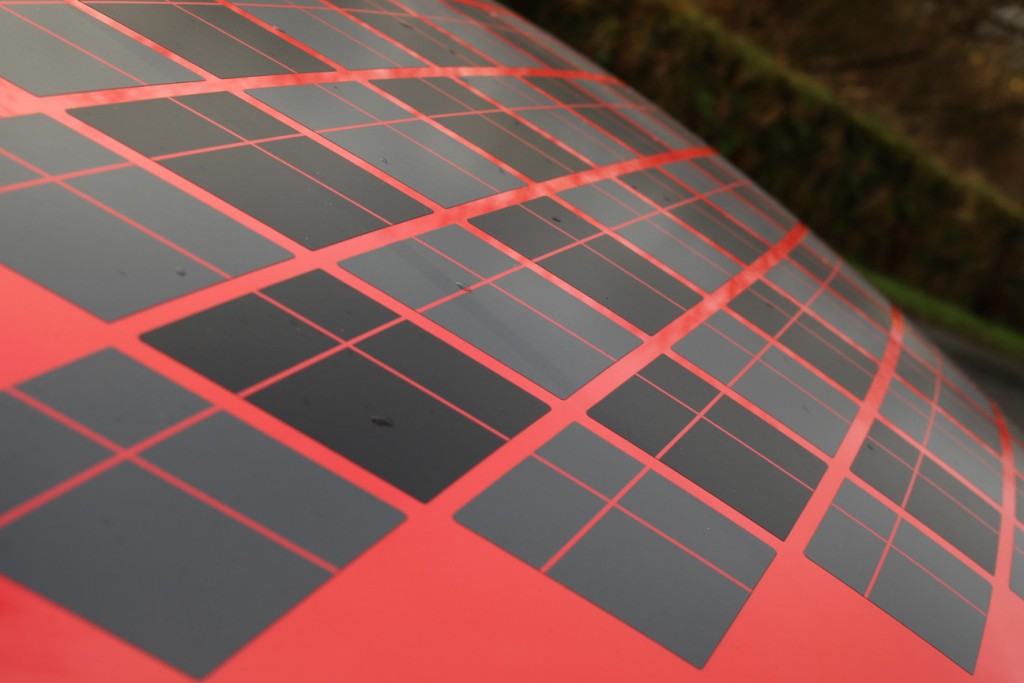
I’ve always liked the styling of the 500, yeah it’s a bit cutesy in standard trim but the Abarths look the part. Now though, I wonder if the ‘retro thing’ has just been a wee bit over done. Started by the Beetle, followed by the MINI and Fiat 500, and then picked up by numerous others, has some of its uniqueness been lost? For me, from a styling perspective, cars such as Citroens DS3 are now more distinctive and ‘original’.
Inside, it’s pretty much the same story, with no major changes. Dash layout is better than the previous generation and equipment levels have been upped, including (on this ‘Lounge’ spec car at least) a new infotainment system incorporating Sat Nav, DAB and Bluetooth. There’s also a cool new digital dash which allows you to pretend you’re in one of Italy’s more exotic exports. When in Sport mode, it changes colour, replacing the economy gauge with a turbo gauge. Much more Tartan Tarmac and who doesn’t love a turbo gauge!
https://www.facebook.com/tartantarmac/videos/898207316961012/
While the TFT display helps to give it a more premium feel, the infortainment/Sat Nav does feel a bit more ‘budget’, with a display which could do with being both larger and clearer. The body colour interior parts help to lift the cabin but some of the dash & door plastics feel a bit cheap and scratchy.
Up front, there’s plenty of head and leg room, although the driving position could be better and offer more adjustment. The drivers seat needing to go lower along with some extra lumbar support, while there no reach adjust for the steering. The rear seats and boot are both pretty tiny but then it’s a small city car so that’s not a huge surprise. It feels like a pretty narrow car too, but I didn’t mind that and it’s a comfortable place to be, even on longer trips.
There are 4 engine options available (all petrol), and the test car was fitted with the most powerful (excluding the Abarth variants), all 0.9 litres, 2 cylinders, and 105 bhp of it! That might not sound like petrolhead heaven but it’s actually a pretty fun & characterful little engine, and the performance belies those figures. Sure, it’s not exactly fast, but it can be hustled along quite quickly if you keep the miniature engine on the boil. It also makes a pretty unusual noise (in a good way), not really sounding like anything else I’ve driven, which all adds to its character. The engine is happy to rev, which is good as it’s needed to make decent progress. It goes well though feeling nippy, even at motorway speeds it still accelerates reasonably well and doesn’t feel out of its depth when away from the city.
The throttle response is obviously set up with economy in mind, needing a significant shove to get it going at a decent pace. I ended up always driving in Sport mode which is a lot better but still isn’t as progressive as I’d like. It doesn’t change the handling dynamics but it does improve the throttle mapping a fair bit. Fortunately, it stays in Sport mode even once the ignition is switched off, so there’s no need to change modes for every drive. The downside is the impact on fuel economy. During the test week I averaged just over 45mpg, which is someway short of the (usually very optimistic) official combined figure of 67.3.
A small, light (ish) turbo’d car, with a distinctive engine should result in a fun drive, and it does to a certain extent. While it’s enjoyable enough to drive, it’s not on par with some competitors, such as the MINI. It handles reasonably well and the turn in is good, but the ride gets a bit choppy when driving ‘enthusiastically’ on bumpy roads (no doubt partly due to its short wheelbase) and there’s a lack of involvement. Having said that it’s quite endearing and makes you smile while driving, which in my book is never a bad thing. Nowadays, for a large majority of folk, a car purchase is as much about a lifestyle choice as a method of transport and here the 500 scores well. No doubt on that basis it will continue to sell well.
Fiat 500 Lounge
PRICE: £14,420
ENGINE: 0.9 Petrol, 2 cylinder, 6 speed manual
POWER: 105 bhp
TORQUE: 145 Nm @ 2000 rpm
PERFORMANCE: Top speed 117 mph 0-62 mph 10 secs
CONSUMPTION: 67.3 mpg (combined)
CO2: 99 g/km


